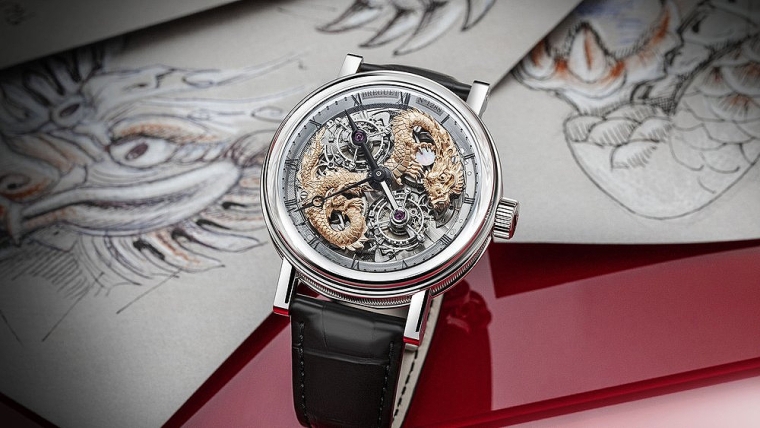
By Mark Tanner*
From the 1700s to the early 1900s, craftspeople across Switzerland tinkered away in small workshops producing components for foreign watch brands, largely in the UK, France, and Germany. But when World War II started, this model was upended. As war consumed Europe’s other watchmaking centres, neutral Switzerland continued to produce watches.
Demand for watches surged, particularly for military and tool watches. With traditional supply chains disrupted, Swiss makers began producing complete watches under their own names. These rugged timepieces, tested under the extreme demands of war, became global symbols of quality and precision. The postwar economic boom followed, cementing brands like Rolex, Omega and Patek Philippe as household names. The rest is history.
A similar value chain shift has played out in China over the past 10–15 years. Chinese manufacturers, once anonymous OEM suppliers to global brands, are now building brands of their own. While China may not yet carry Switzerland’s postwar reputation for precision and purity, its manufacturing standards and quality control have advanced rapidly, and its reputation is catching up.
This shift isn’t limited to headline industries like EVs, drones and electronics. It is also happening in categories where China once had a weak image, such as fashion, luxury, beauty, and food & beverage. Chinese brands in these categories are now regularly ranked among the most innovative globally.
It’s a cautionary tale for many international brands that outsource manufacturing to China while contributing little more than a brand label and marketing. Many contract manufacturers have watched the rise of Chinese brands and are inspired to do the same.
We saw this firsthand recently when OEM Jinmailang began directly selling the same bottled water it manufactured for beverage giant Wahaha. The product was priced significantly lower, sparking a furore as consumers questioned why they had been paying more for a rebranded version.
Similarly, when Trump imposed tariffs on Chinese goods, some manufacturers countered by openly claiming to be the same factories producing Western luxury goods, and started offering the ‘same products’ for far less. The lesson here: if your manufacturing is done by an OEM in China, ensure that you have air-tight contracts, and they are actively monitored and enforced through trusted sources.
So, what should we make of China’s shift up the value chain? Interestingly, some companies are taking the opposite path, doubling down on their role as OEM or component/ingredient suppliers to fast-growing Chinese brands.
That strategy could look appealing right now, but many suppliers report being squeezed harder each year as pressure on margins mounts. Supplying ingredients and components may seem attractive, but commodity pricing is cyclical and will always follow the inevitable booms and busts.
Not every foreign business can or should aim to become the next Rolex or Nestlé. For companies lacking the structure or marketing expertise to build differentiated brands and products, supplying Chinese brands may well be the most pragmatic option. But for those with ambition, building their own brands generally offers stronger long-term margins, greater control, risk diversification, and a deeper sense of purpose. That’s why the Swiss, and increasingly the Chinese, have chosen that path.
There is plenty of untapped creativity within many organisations to drive innovation and brand building, whether through unique functions, stories or provenance, or by carving out niche positions. Sometimes it just takes an outside perspective to help connect the dots and uncover pathways that work.
*Mark Tanner is the CEO of China Skinny, a marketing consultancy in Shanghai. This article was first published here, and is re-posted with permission.
2 Comments
I had a choice today. I was replacing a Fisher & Paykell dryer that had lasted 20 years in harsh conditions. The salesman showed me their latest model and it was good but my daughter mentioned a Chinese brand. When I mentioned it to the salesman he said the Chinese manufacturer also made the Fisher & Paykell dryers. They cost $200 less. So Fisher & Paykell's deservedly good reputation will over the years slowly drain away.
Not the same. Haier has owned Fisher & Paykel Appliances since 2012. They sell both Haier and F&P whiteware. The F&P product has survived well under the Haier ownership, now for more than a decade. Haier pitches the F&P product for up-market, more durable applications and builds them as such.

We welcome your comments below. If you are not already registered, please register to comment
Remember we welcome robust, respectful and insightful debate. We don't welcome abusive or defamatory comments and will de-register those repeatedly making such comments. Our current comment policy is here.